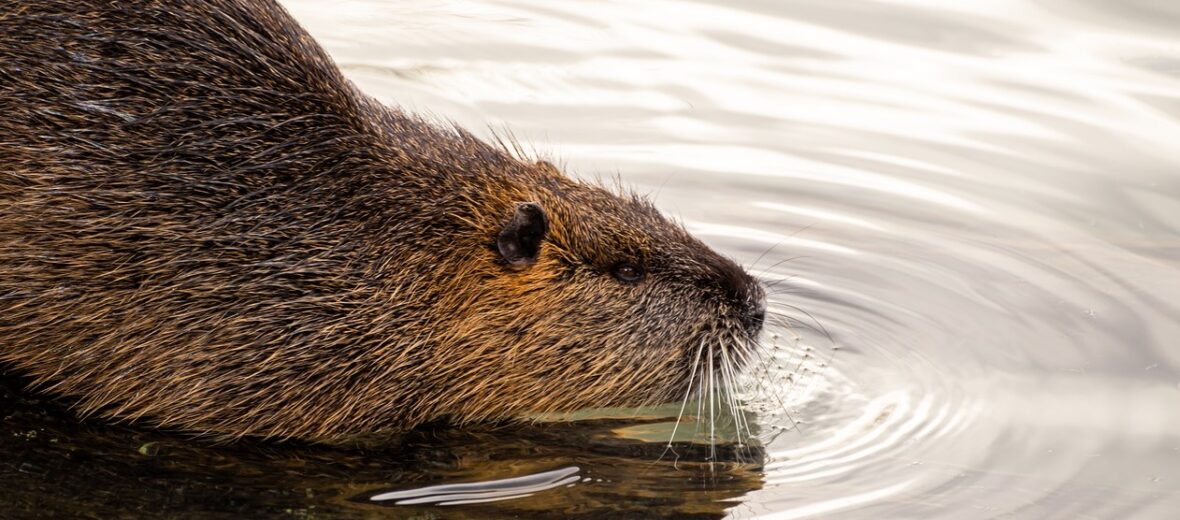
Native to South America, the coypu, aka the nutria is now an invasive species, due to their rapid rate of reproduction and the fact that they were exported to Europe, Africa, Asia, and North America for their luxurious fur. Well, some escaped and that was all she wrote! They can live perfectly well in river mouths, swamps, wetlands, and drainage canals. They can literally make just about anywhere their home. Another case of humans interfering with nature and causing irreparable issues.
First the Stats…
Scientific name: Myocastor coypus
Weight: Up to 20 lbs.
Length: Up to 14 inches, plus up to a 17 inch long tail
Lifespan: Up to 12 years
Now on to the Facts!
1.) Nutrias have 5 toes on their feet. All except 1, on the front feet, have long nails. Their webbed hind feet show an adaptation to life near water.
2.) They have the nickname ROUS… Rodents of unusual size. Taken from the movie The Princess Bride.
3.) The Invasive Species Specialist Group has named coypu as one of the world’s top 100 worst invasive species.
4.) They reach sexual maturity at only a few months old. They can reproduce up to 3 times a year and they can have litters of up to 13!
5.) Nutria are able to eat up to 20% of their body weight in plant matter and roots each day.
But wait, there’s more on the coypu!
6.) Overgrazing coypu have contributed to the transformation of almost 26,800 acres of Louisiana marsh into open water.
7.) They destroy $1,000s worth of crops like rice and sugarcane each year. They also cause $1,000,000s of damage to golf courses.
Did you know…?
Coypu have valves in their mouth and nose that close automatically when they dive into the water. They can also hold their breath for up to 5 minutes, while diving!
8.) The state of Louisiana has brought back a once failed nutria trapping industry by offering $5 for each nutria tail brought in. The trappers collect and kill these invasive animals. Since the program first began in 2002, it’s tallied the removal of an estimated 5,000,000 nutria! And they’re still a problem species.
9.) They are actually tasty meals too. If properly prepared, they have even been preferred to steak.
10.) Typically, wearing fur is considered a big no no. However, nutria fur is being introduced again into the fashion industry. It is a sustainable practice and yields fur for hats, coats, and even ties.
Now a Short Coypu Video!
Also, check out the Critter Science YouTube channel. Videos added frequently!
Want to suggest a critter for me to write about? Let me know here.



